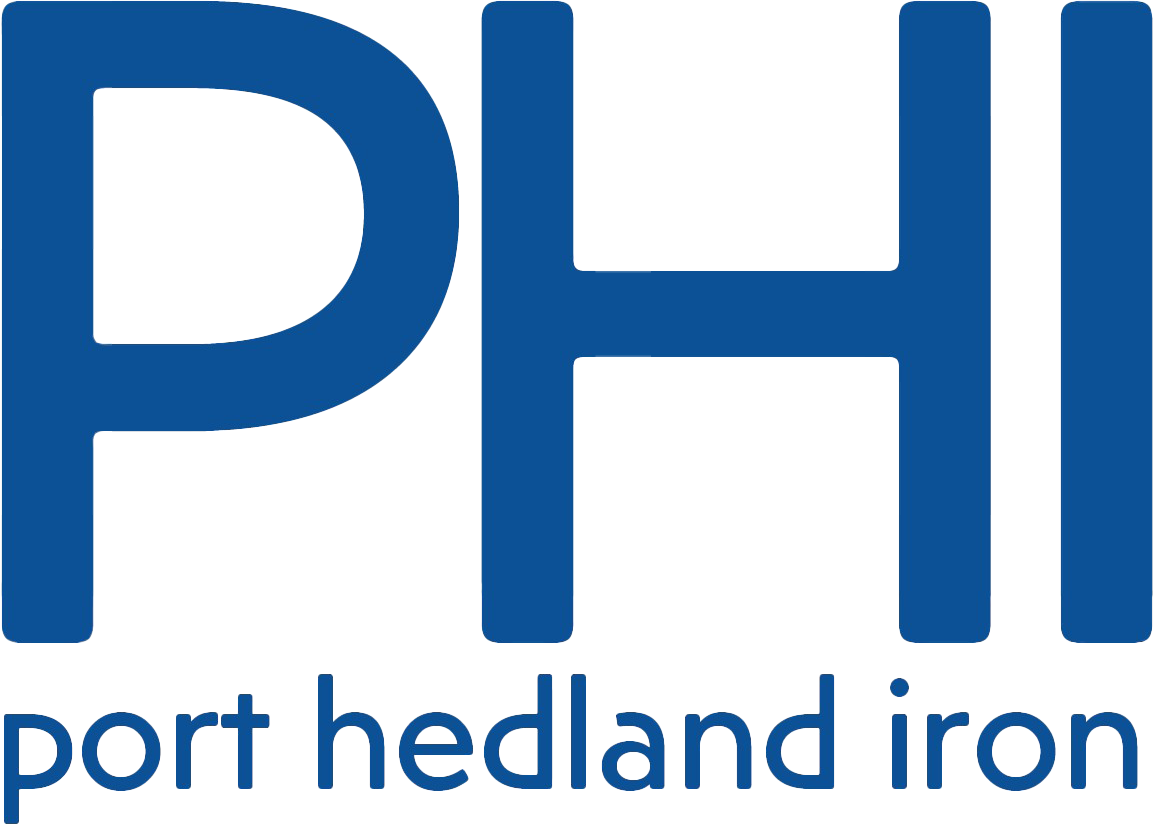Using LiDAR in Port Hedland
Like many organisations monitoring air quality, PHIC has debated and trialled the benefits of Light Detection and Ranging (LiDAR) technology in the Port Hedland context.
To date three studies in Port Hedland have trialed LiDAR as a method of determining and mapping atmospheric dust. These studies have been carried out by researchers, government and industry for varying purposes between 2011 and 2017. The studies include:
- CRC CARE (2011)
- PHIC LiDAR study (2014-2016)
- Department of Water and Environment Regulation (DWER) (2017)
Review of Studies
Environmental Technologies and Analytics (ETA) has recently released a report which reviews the three studies.
The Use of LiDAR in Measuring Airborne Particulates – A Technical Review of LiDAR Trials in Port Hedland shows the objective for all three studies were similar: evaluating LiDAR as a tool for determining the sources of dust and tracking their pathways within the Port Hedland Airshed.
Limitations of LiDAR in Port Hedland
PHIC acknowledges that LiDAR is a useful tool or technique for visually representing, or mapping, the extent and location of a dust plume. However, the LiDAR studies to date highlight specific limitations, which appear to be exacerbated where there are multiple dust sources, as is the case in Port Hedland.
- The data is affected by atmospheric changes.
- The resolution of LiDAR and therefore the reliability of the data is best close to the instrument and reduces over distance.
- LiDAR measures all particulate matter. It cannot determine the composition of particles and can therefore not distinguish between concentrations such as water spray, bushfire smoke, dust and soot. Bright red areas on LiDAR images do not necessarily indicate high levels of dust. This can easily be misread.
LiDAR technology is not used as a regulatory tool in Australia for several reasons:
- There is no Australian standard for the operation of LiDAR equipment.
- LiDAR is not an acceptable technology or methodology in Australia for point source monitoring.
- Pre-processing of LiDAR monitoring data is required before usable imagery can be developed so it is not applicable to a real-time monitoring scenario.
- LiDAR cannot be used to measure PM10 There are no established criteria that can be used as limits for ambient PM10 concentrations within the air monitoring network in Port Hedland.








